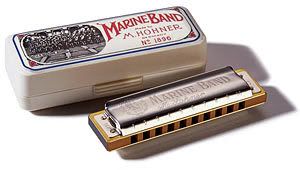Daughter has a 3 lamp (G9 240V) ceiling light which is buzzing.
Checked and no loose connections. Loose from the ceiling it does not buzz, connected to the ceiling it does.
Have taken it down, checked and re-fitted, no difference.
Any suggestions to stop the buzzing?
Checked and no loose connections. Loose from the ceiling it does not buzz, connected to the ceiling it does.
Have taken it down, checked and re-fitted, no difference.
Any suggestions to stop the buzzing?





